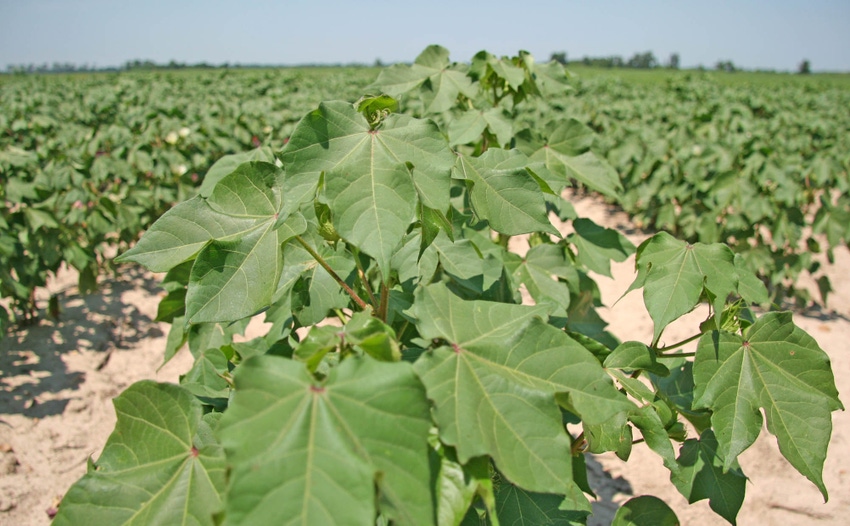
Site specific precision agricultural technology for control of nematodes offers a significant breakthrough in managing yield-robbing plant parasitic nematodes across the U.S. Cotton Belt.Losses of at least 200 pounds to nematodes have been documented across the South and Southeast. Greater yield losses to nematodes have been documented in high-yielding areas in the irrigated West.
January 4, 2012

Site specific precision agricultural technology for control of nematodes offers a significant breakthrough in managing yield-robbing plant parasitic nematodes across the U.S. Cotton Belt, according to a University of Arkansas nematologist.
Terry Kirkpatrick, based at the UA Southwest Research and Extension Center (SWREC) in Hope, Ark., told the opening general session of the National Cotton Council’s Beltwide Cotton Production Conference in Orlando that research teams from across the Cotton Belt in Arizona, Georgia, Arkansas, Louisiana, Missouri and Mississippi, are actively engaged in adapting the new GPS/variable rate technology to manage damaging populations of nematodes.
“We have the technology to apply whatever we want wherever” with the new site specific farming GPS technology, said Kirkpatrick. These research teams are working to developing field sampling and quantitative analysis methods to identify areas within fields where fumigant use makes “economic and biological sense.”
This research thrust is part of the growing use of technology made possible via field mapping and computerized, variable rate technology that is growing across the Cotton Belt.
Losses of at least 200 pounds to nematodes have been documented across the South and Southeast. Greater yield losses to nematodes have been documented in high-yielding areas in the irrigated West.
Kirkpatrick said root-knot, reniform and Columbia lance are the three primary parasitic nematodes that damage U.S. cotton. Root-knot is found from California to the Carolinas. Columbia Lance is found in the Southeast. He called reniform nematode a “sleeper” that can quickly infest an entire field in the South or Southeast without initial telltale signs of “hot spots” of weak or missing plants.
“In the old days, we used to talk about going to the farm store and pulling material off the shelf to kill nematodes,” Kirkpatrick said. “That has changed in word and deed. We no longer talk about killing nematodes. Nematodes have been here for 40 million years and will be here long after we are gone. They are still alive and well in cotton fields across the Cotton Belt. We now talk about managing nematodes.”
Root-knot nematode damage is obvious to anyone who has pulled up cotton plants to find root nodules. It takes lab analysis to identify reniform and Columbia lance nematodes.
Managing soil-borne parasite is becoming problematic partly because there are fewer fumigant choices and what’s left is getting more expensive. In-furrow treatment materials are beginning to be phased out. Seed treatments may work well, but generally only on low populations.
Crop rotation not always viable
Kirkpatrick said crop rotation continues to be a tried and true nematode management method, but often the rotation options are not economically viable.
Growers need more nematode resistant varieties. There are only a limited number of cotton varieties resistant to root-knot nematodes and none resistant to reniform or Columbia lance. Kirkpatrick also said growers need new fumigants, but those are not on the immediate horizon.
Until then, Kirkpatrick said site specific management techniques offer the best hope of economical nematode management.
“Conceptually, economically and environmentally, it makes a lot of sense to use site specific, precision ag technology to target field hot spots because nematodes are not normally uniformly distributed across a field,” he said.
Farmers, consultants and researchers can visually and through soil sampling indentify problematic nematode areas of fields. “We know a lot about nematodes and their relationship to soil types, but we do not know nearly enough. However, we know enough to move forward and develop field maps for site specific treatments.”
About the Author(s)
You May Also Like





